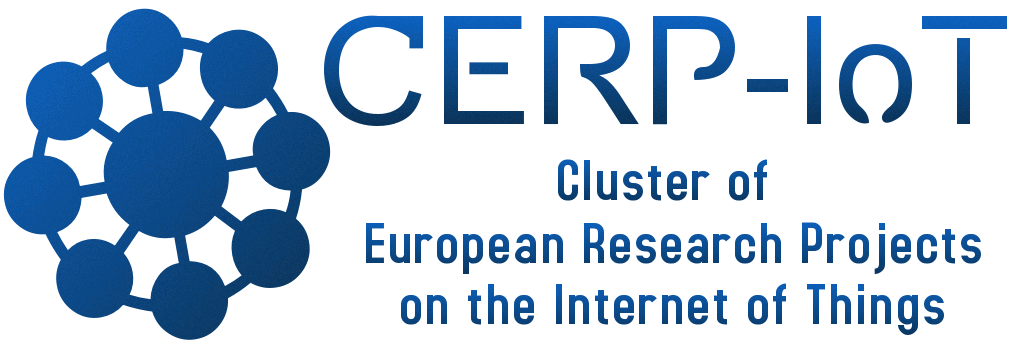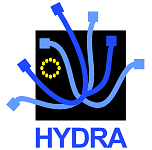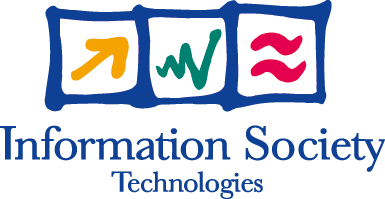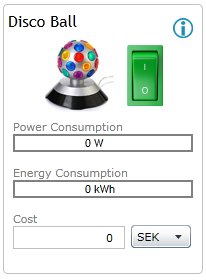Two papers presented at the 14th IEEE International Conference on Engineering of Complex Computer Systems (ICECCS)
 The goal of the ICECCS conference is to bring together industrial, academic, and government experts, from a variety of user domains and software disciplines, to determine how problems and solution techniques interact within the whole system. UAAR had two papers accepted for this premier conference.
The goal of the ICECCS conference is to bring together industrial, academic, and government experts, from a variety of user domains and software disciplines, to determine how problems and solution techniques interact within the whole system. UAAR had two papers accepted for this premier conference. The first paper was entitled: Towards Open World Software Architecture with Semantic Architectural Styles, Components and Connectors. It presents an extensible knowledge base called SACoCo (Semantic Architectural styles, Components, and Connectors), by applying Web Ontology Language (OWL) and Semantic Web Rule Language (SWRL) where an Open World Assumption (OWA) is adopted. SACoCo improves the semantics of classical architectural styles, components and connectors, and can be used to dynamically validate software architectural styles and component configurations. This paper can be found here.
The other paper was entitled: An Evaluation of the NSGA-II and MOCell Genetic Algorithms for Self-management Planning in a Pervasive Service Middleware. In the paper, they present an evaluation of two GAs, namely NSGA-II and MOCell, in the GA framework JMetal2.1, for achieving multi-objective selection of available services. From these evaluations, suggestions on how and when to use NSGA-II and MOCell are given in the planning for self-management. This paper can be found here.





 The Hydra project is co-funded by the
The Hydra project is co-funded by the 


